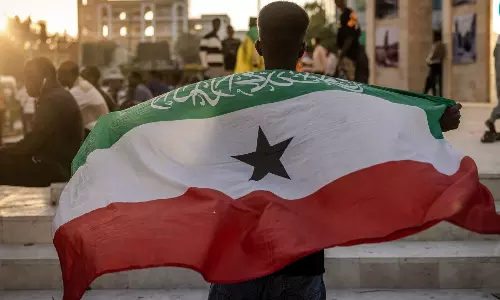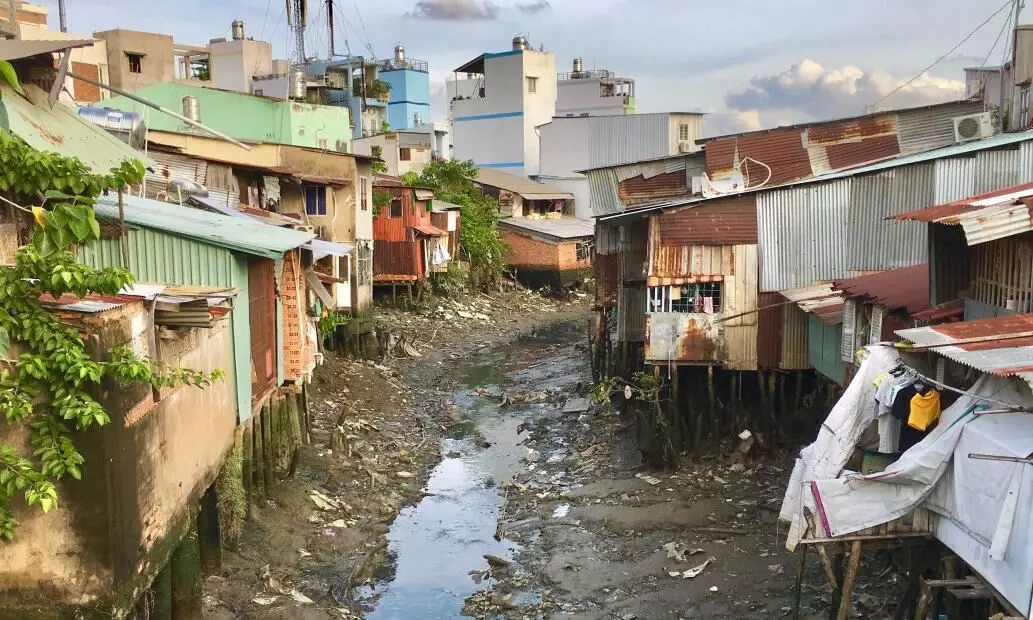
UN study says pandemic could force 1 billion people into extreme poverty by 2030
text_fieldsA recent study conducted by the United Nations Development Programme shows that by the end of the year 2030, around 207 million people could fall under the 'extreme poverty' category. It says that the long-term severe impact of COVID 19 is the reason behind the tragic hike in the number. The UNDP study also assesses the consequence of COVID-19 recovery scenario on Sustainable Development Goals (SDGs), which includes global goals adopted by the United Nations to end poverty, protect the planet and ensure all people live in prosperity by the year 2030. The study reveals the multidimensional effects of pandemic over the next decade on people.
It evaluates that by 2030, 207 million people will fall into extreme poverty on top of the present pandemic trajectory which brings the total to cover 1 billion by the same year. The study conducted by UNDP is a long-term standing partnership between UNDP and Pardee Center for International Futures at Denver University. In the mean-time, the report by the World Bank reveals that the worst affected countries that already have poverty and that 82 per cent of the total people will be formed are middle-income nations.
According to the baseline, COVID scenario that is based on current mortality rates and recent growth projections by the International Monetary Fund (IMF) would result in approximately 44 million more people living in extreme poverty by 2030 compared to the trajectory the world was on before COVID 19. The report says "Under a High Damage' scenario recovery rate is protracted, the pandemic is likely to push an additional 207 million into extreme poverty by 2030. It will increase female poverty headcount by addition of 102 million people compared to that baseline."
Due to the loss in productivity preventing a full recovery to the growth trajectory seen before the pandemic, the 'High Damage' scenario anticipates 80% of COVID-19 induced economic crisis would persist in ten years. The study focuses on investment sets on SDGs and says that in the incoming decade, social protection/ welfare programmes, governance, green economy and digitalization could not only prevent the rise in extreme poverty but exceed the development trajectory.
However, the study further points out that the scenario would lift an addition of 146 million people out of extreme poverty, narrow the gender poverty gap and reduce the female poverty headcount by 74 million even taking into account the present COVID-19 impact. The study combines "behavioural changes through nudges for both citizens and governments that include effectiveness and efficiency in governance and changes in consumption patterns of food, energy and water". The intervention also focuses on climate change actions and additional investments in COVID- 19 recovery in future.






















